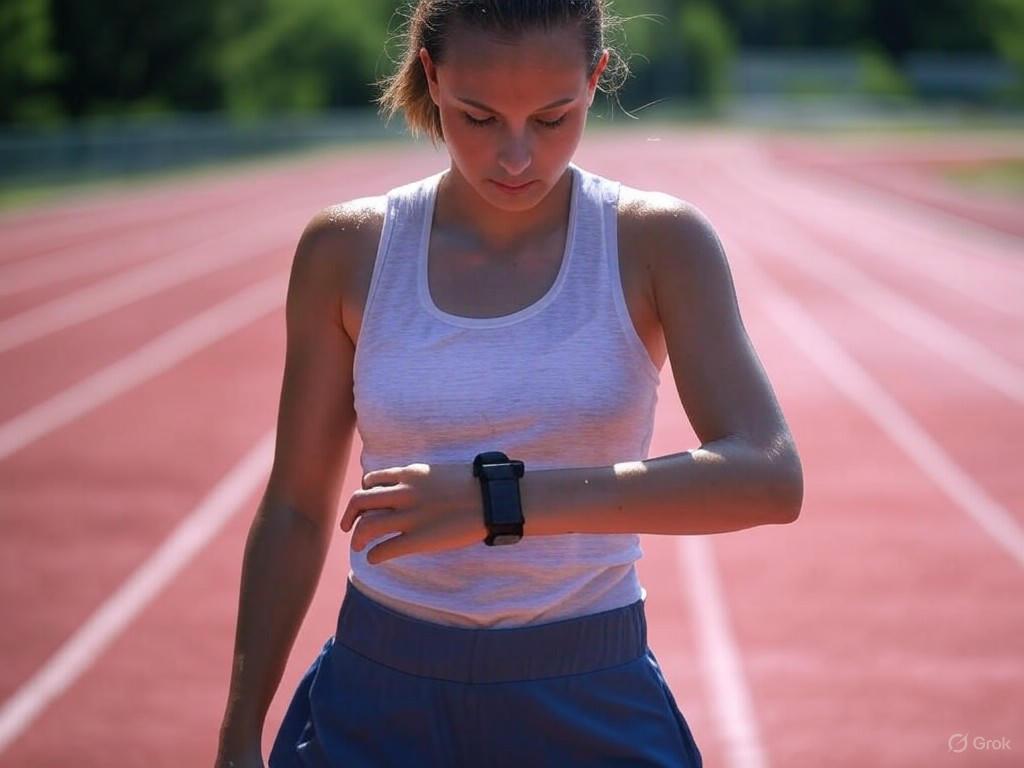Women athletes are facing a new opponent on the field: extreme heat. As temperatures continue to rise globally, understanding how heat stress affects exercise performance in women is becoming crucial. Research shows that heat stress can hinder physical performance, but there is less focus on how it specifically affects females. This gap in research is significant because women often face different challenges compared to men in heat-stressed environments[1].
Hormones play a key role in how women respond to heat. Heat stress responses can vary across the menstrual cycle due to hormonal fluctuations. Studies suggest that estrogen and progesterone affect body temperature regulation. For instance, during the luteal phase of the menstrual cycle, higher levels of progesterone can increase core body temperature, potentially making it harder to cope with heat stress during exercise. This hormonal impact underscores the need for female-specific research in thermoregulation[1].
Mitigating heat stress effectively requires tailored interventions. Hydration strategies and acclimatization protocols are recommended for both men and women, but these need adjustments for women. Some researchers propose using wearable cooling devices and implementing personalized cooling strategies before, during, and after workouts. By focusing on female physiology, the sports industry can develop more inclusive and effective strategies to enhance performance in hot conditions[2].
The risks of heat stress are not confined to elite athletes. Regular exercisers and professionals involved in physical work must also be cautious. It's crucial to recognize early signs of heat-related illnesses, like dizziness, fatigue, and confusion, and respond promptly. As climate change continues to alter weather patterns, awareness and proactive management of heat stress become paramount for maintaining women's health in sports[3].
As we advance, it's essential to fill the research gaps to support female athletes effectively. Sports organizations and researchers must collaborate to ensure that women receive the resources and information they need to perform safely and optimally in hot conditions. The future of women's sports in the age of climate change depends on our ability to meet these new challenges head-on.
References:
